|
50. Glaucopsyche alexis (Poda, 1761) / Green-underside blue / Lycaenidae – Polyommatinae
NL: bloemenblauwtje / D: Himmelblauer Steinkleebläuling, Großpunkt- Bläuling, Alexis-Bläuling / F: azure des cytises, l’argus bleu violet
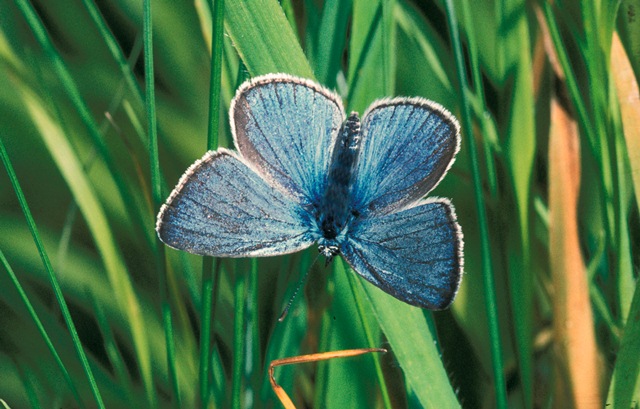 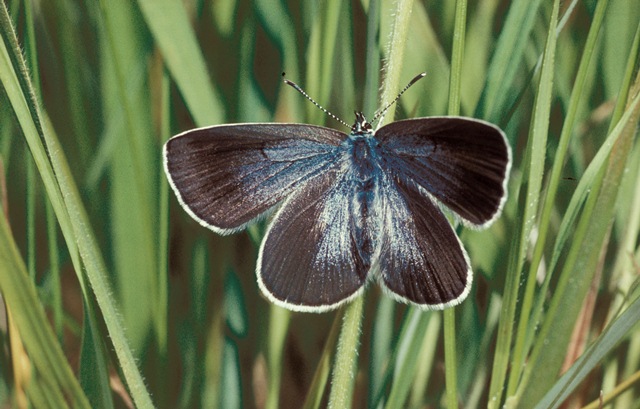 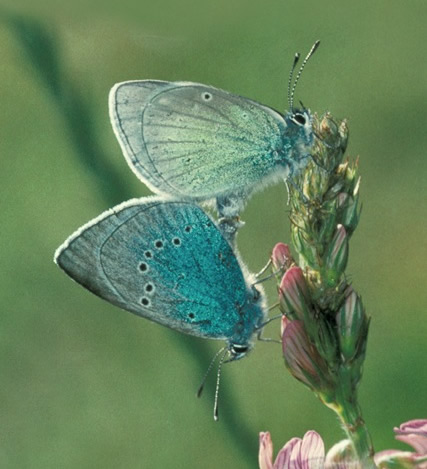
Photographs: Frits Bink ©.
Small, wing length 15 (14-17) mm. The species occurs in the Benelux in chalk grassland and wood edges in warm sites in the south of Luxemburg and Wallonia.
Butterfly is on the wing from mid-May until late-June. The species is recorded from sub-continental and continental climates, amplitude 7 to 17. Required heat sum 600°d and maximum tolerated 1800°d, corresponding climate windows 22 and 35 weeks.
The species occurs in a low density and widely spread; it occurs also at sites where haymaking is restricted to a period late in the season.
Ecological characteristics
Behaviour over time
Overwintering: pupa in the litter layer.
Reproduction: oviposition starts after 4-6-days when the body contains 90 (70-114) eggs, potential production 1.3 times as much.
Larval feeding periods: three weeks in the period from mid-May until mid-July.
Generations: one.
Spreading of risk: repeated diapause in pupal stage.
Life cycle: egg 4 (3-8) days; larva 22 (16-30) days; pupa about 47 weeks.
Life span of adult: short, 2 weeks.
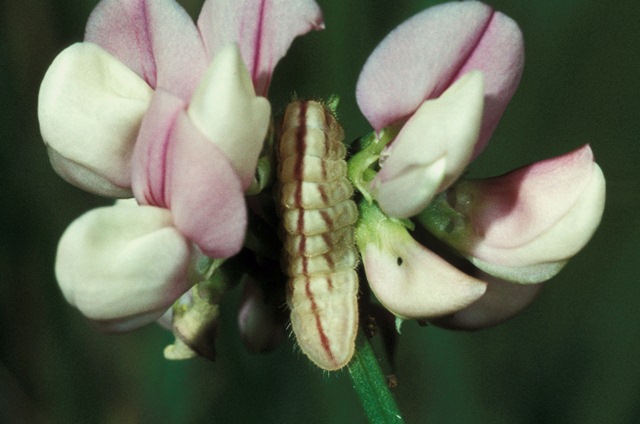 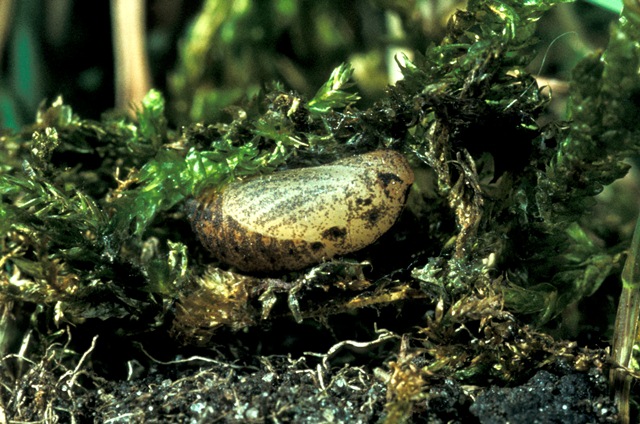
Photographs: Frits Bink ©.
Behaviour in space
From stay-at-home to migrant: stay-at-home, spatial requirement modest.
Finding a mate: male patrols.
Orientation in the landscape: gradient between forest edge and tall grass to short grass.
Oviposition: individually on flower buds.
Defence
Threats from other organisms: larval colouration adjusted to the colour of the flowers on which it feeds.
Myrmecophily: full array of ant-attracting and appeasing organs present and tended by ants most of the time.
Threats from the environment: rather vulnerable, butterfly only on sheltered sites.
Feeding habits
Adult: nectar, prefers flowers which are suitable host-plants for the larvae.
Larva: feeds on flower buds and young fruits.
Larval foodplants
Plant species: Fabaceae, e.g. Astragalus glycyphyllos, Genista sagittalis, G. tinctoria, Lotus corniculatus, Medicago sativa, Onobrychis viciifolia, Securigera varia.
Journal
Rearing experiment based on specimens from Torgny, Belgium:
19 June 1983: three females captured.
23 June: one female laid ten eggs on Lotus and Medicago.
26 June: eggs hatched.
1 July: one young larva observed feeding by scratching a leaf of Onobrychis.
11 July: larvae crept down to search for a pupating place.
12 July: most larvae had disappeared, one still feeding on flowers.
18 July: girdled pupae found in litter layer in a ‘cocoon’.
Overwintered outdoors.
16 May 1984: last pupa hatched.
Table 50-1. Results of dissections

Table 50-2. Collection and observation localities
B, Torgny 237 m, 49° 30’ 40”- 5° 29’ 04”E; 20 June 1983.
D, Kaiserstuhl, Badberg 433 m, 48° 05’ 47”N – 7° 40’ 40”E; 9 July 1985.
D, Lorch 300m, 50° 02’ 05”N – 7° 47’ 56”E; 26 May 1986.
F, Montmédy 217 m, 49° 31’ 07”N – 5° 21’ 33” E; 27 June 2002.
F, Velosnes 179 m, 49° 30’ 09”N – 5° 27’ 27”E; 28 June 2002.
Fig. 50-1. Glaucopsyche alexis, phenogram adapted from Fichefet et al. 2008: 105.
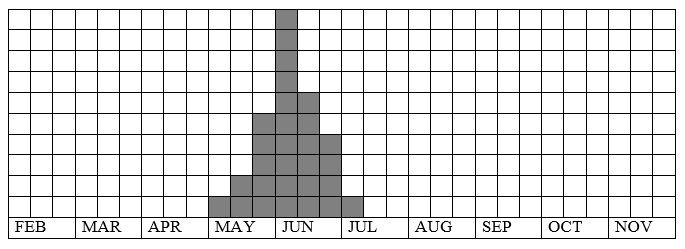
Fig. 50-2. Glaucopsyche alexis, habitat characteristics.
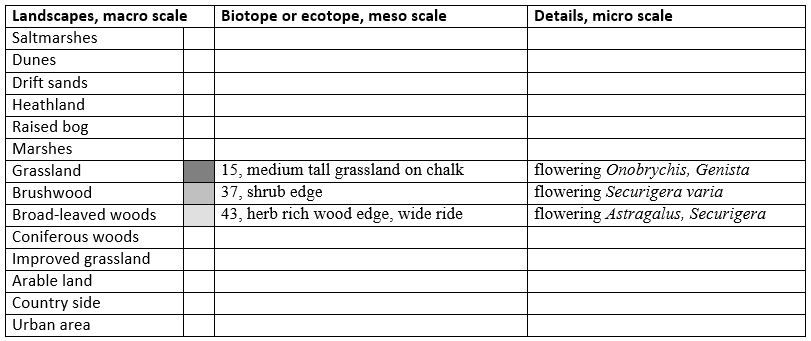
Fig. 50-3. Glaucopsyche alexis, climate matrix, heat-sums 600 - 1800°d.
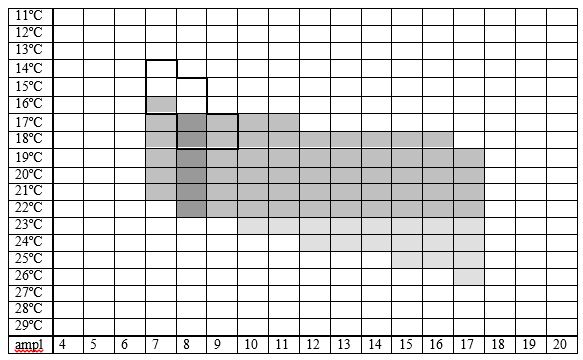
|










